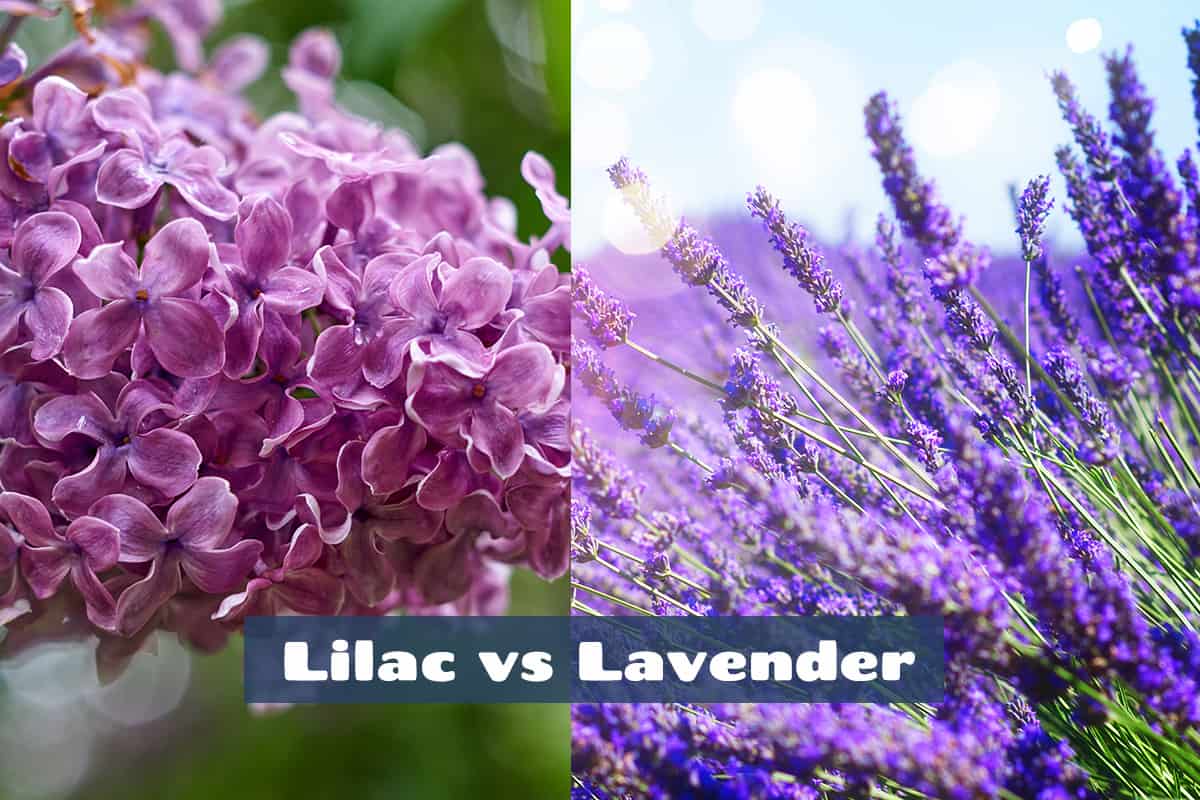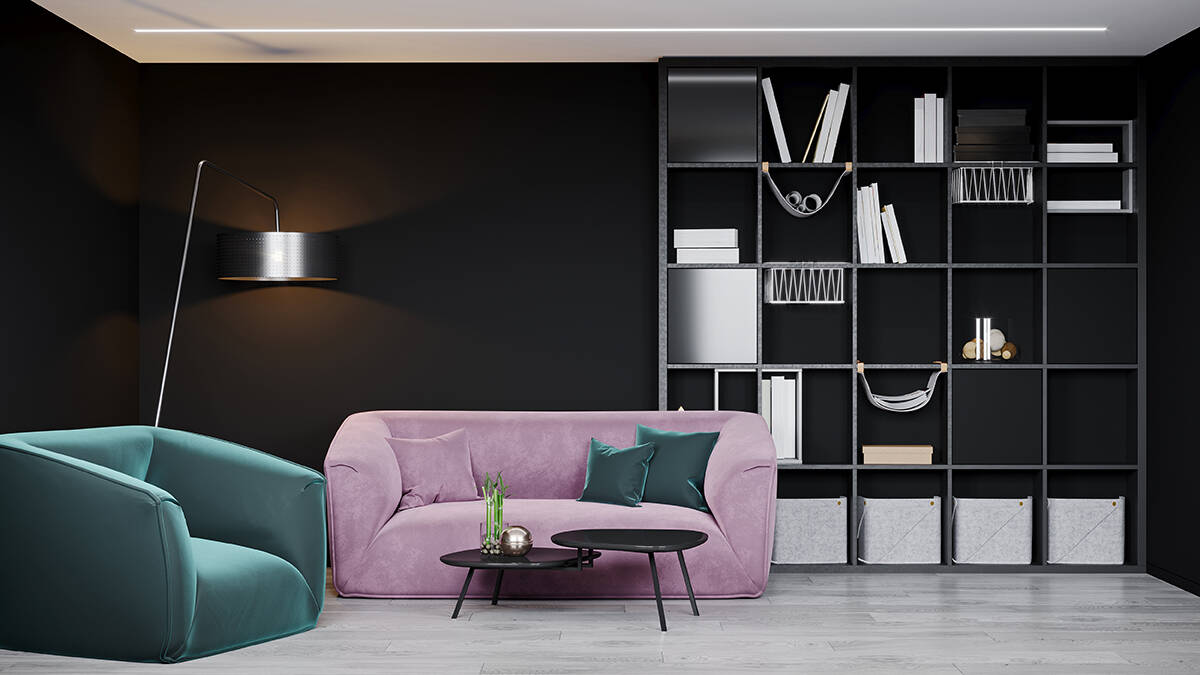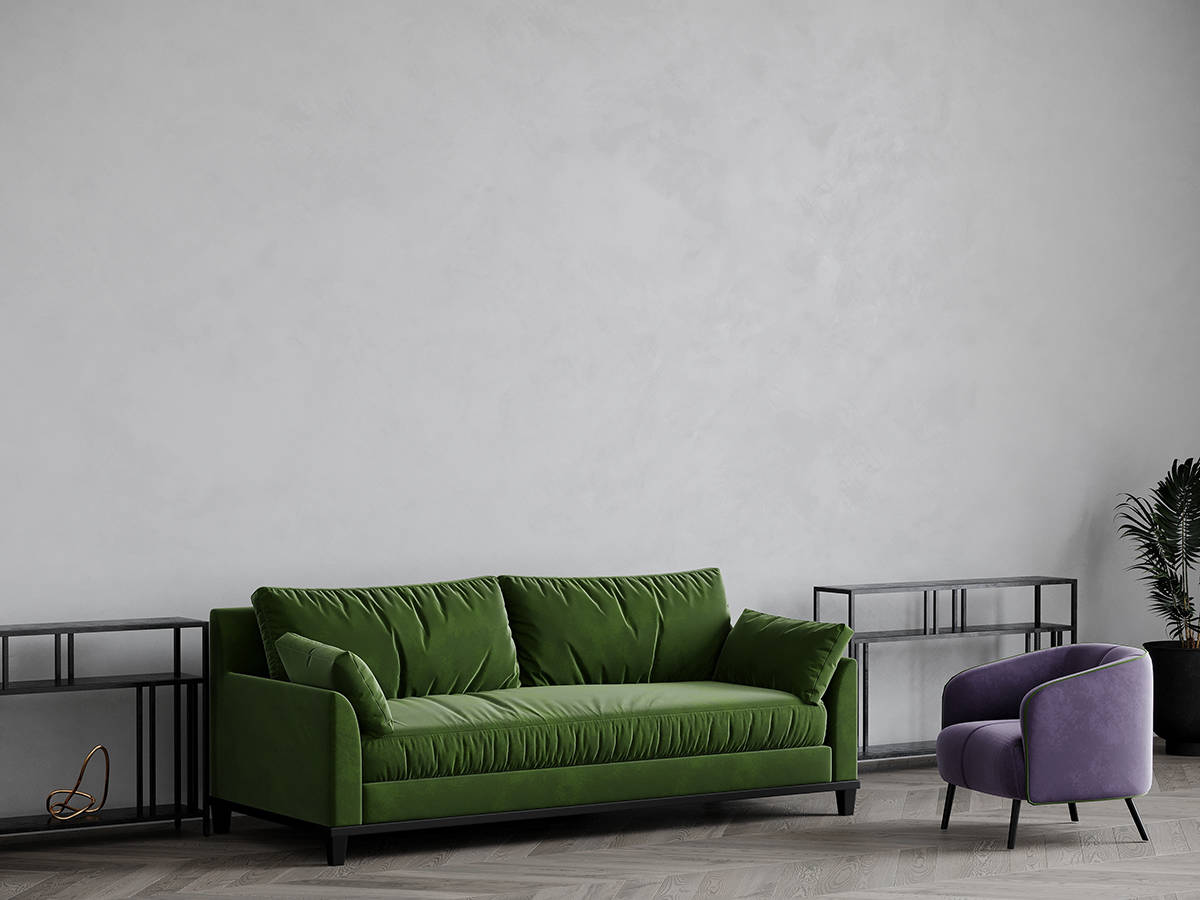If you are trying to decide between using lilac and lavender in your color palette, it’s useful to have an understanding of how these two shades of purple vary.
While many people mistakenly assume that lilac and lavender are interchangeable, they actually have subtle differences that mean they can create totally different responses and atmospheres.
Here we explore the key factors that differentiate lilac and lavender from one another and look at how this affects the use of these colors in home decor.
Are Lilac and Lavender the Same Color?
Lilac and lavender are similar colors, but they are not exactly the same. They both fall within the range of light purple or violet shades, but there are some differences in their specific hues and undertones.
Lavender is typically a pale, light purple color with a bluish or grayish tint. It often appears more muted and closer to a pastel shade of purple.
Lilac, on the other hand, is also a light purple color but tends to have a slightly pinkish or reddish undertone. It is usually slightly brighter and warmer in comparison to lavender.
What Are The Differences Between Lilac And Lavender?
Lilac and lavender are both light purple colors, but they have some distinct differences in terms of their specific shades and undertones, which can have a huge impact on the types of colors they work best alongside and the type of result you can expect when using these colors in interior design, art, or fashion. The key differences between lilac and lavender are:
Hue
Hue is essentially the type of color that any given color can be described as, without taking into account the intensity, brightness, or darkness. For example, burgundy and scarlet are both very different colors in terms of saturation and shade, but they can both be described as having a red hue because this is their dominant color and the color they are most closely linked to on the color wheel.
When thinking about lilac and lavender, they both have a purple hue, however, lilac typically has a pink or reddish undertone, giving it a warmer and slightly more vibrant appearance compared to lavender.
Lavender tends to have a bluish or grayish undertone, making it appear cooler and more muted compared to lilac. On the color wheel, lilac would be placed between violet and red, while lilac would be placed between violet and blue.
Brightness
Lilac is often brighter and more saturated than lavender, which can give it a more lively and vivid appearance. By comparison, lavender is generally paler and softer in terms of its brightness, leaning towards pastel tones.
This effect is that lavender reads as a more calming and soothing color, while lilac is more energizing.
Temperature
Color temperature describes how warm or cool a color is, and this is a really helpful indicator in allowing us to understand how a color is going to make us feel. Warm colors have red, orange, or yellow undertones, and cool colors have green, blue, or violet undertones.
Purple is usually considered to be a cool color, however, since it is made up of both blue and red, it can fall on either side of the temperature gauge depending on the proportion of blue and red in the mix.
Lilac is considered a warmer color due to its pink or reddish undertones, so this can be used to create a comfortable and inviting space. Lavender is cooler in appearance due to its bluish or grayish undertones, and as a result, it will give off a soothing or refreshing vibe.
Associations
The colors lilac and lavender are both named after plants of the same name, so they are both broadly associated with flowers and springtime. However, lilac is more commonly used to symbolize love, flirtation, and romance due to its proximity to pink. It can also represent youthfulness and playfulness and is commonly chosen for children’s bedrooms as an alternative to pink.
By contrast, lavender is associated with relaxation, calmness, and tranquility. It is commonly used in aromatherapy and bath products because of its relaxing scent.
Meaning
The meaning of the color lilac is closely tied to the meanings that lilac flowers carry. For many people, lilac symbolizes spirituality, while in Victorian times, lilac was associated with a past love. Lilac is a pinkish shade of purple, and as a result, it is linked with femininity and youth.
It is an innocent color that can mean new beginnings. Lilac can be used to add energy and warmth to a design, as a more prominent and eye-catching color choice compared to lavender.
Lavender represents grace, serenity, and tranquility, and as such it is often chosen for its soothing and calming qualities. It is frequently used in interior design and decor for bedrooms and spa-like settings, due to these attributes.
Using Lilac and Lavender in Home Decor
While lilac and lavender are both part of the purple color family, their differences in hue, brightness, and associations make them distinct shades within that spectrum.
If you’re trying to decide between using lilac and lavender in your home decor, consider the type of atmosphere you want to achieve and how this links in with the hue, brightness, and meanings of lilac and lavender. Despite being lighter shades of purple, these two colors can have very different impacts on interior design.
Lilac Decor
Lilac is a bright and playful shade of purple that lends itself perfectly to nurseries or children’s bedrooms. It is closely associated with femininity, so it can also work well in any space where you want to add a touch of flirtatious charm.
As a bright color, lilac can feel overstimulating, so if you want to use this as your main color, be sure to opt for neutrals or muted tones for the other shades in your color scheme.
Alternatively, lilac is excellent as an accent color, providing a pop of brightness and energy against neutrals or cool shades. Lilac has pink and red undertones, so use lilac alongside dark or muted cool colors for a vibrant contrast.
Consider placing a velvet lilac cushion on an emerald green bedspread for a luxurious look, or opt for lilac accessories in a pure white kitchen to give an otherwise bland space a splash of personality.
Lavender Decor
Lavender is a soft and delicate color that can be utilized to create a tranquil and soothing atmosphere in a room. You can use lavender as the main color in a space to envelope yourself in a sense of calm, or opt for lavender accents and accessories in a white or cream room for a fresh and uplifting feel.
As lavender is a blue-purple shade, you can pair lavender with warm tones to create contrast. Lavender and lemon yellow work really beautifully together in a floral-themed room, or consider lavender and olive green for a botanical-inspired space.
Despite green being considered a cool color, olive green has undertones of brown and yellow, giving it the subtle warmth it needs to balance out with the cool tones in lavender. Opt for a lavender accent chair in an olive green living room, or set lavender dishes on top of olive green placemats at the dining table.








